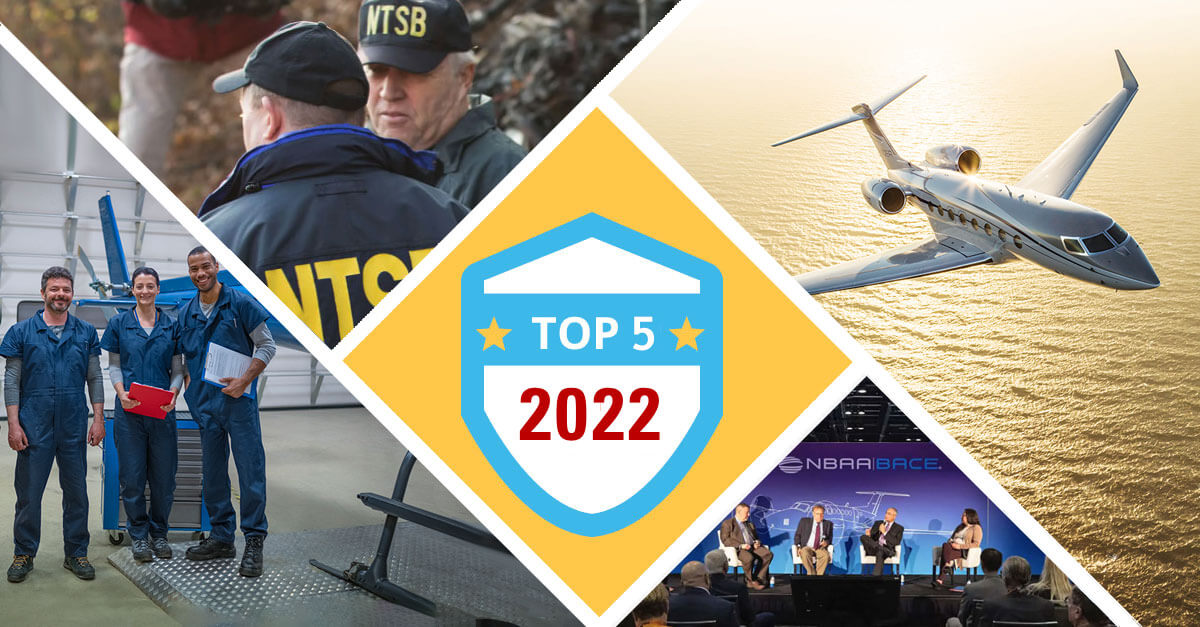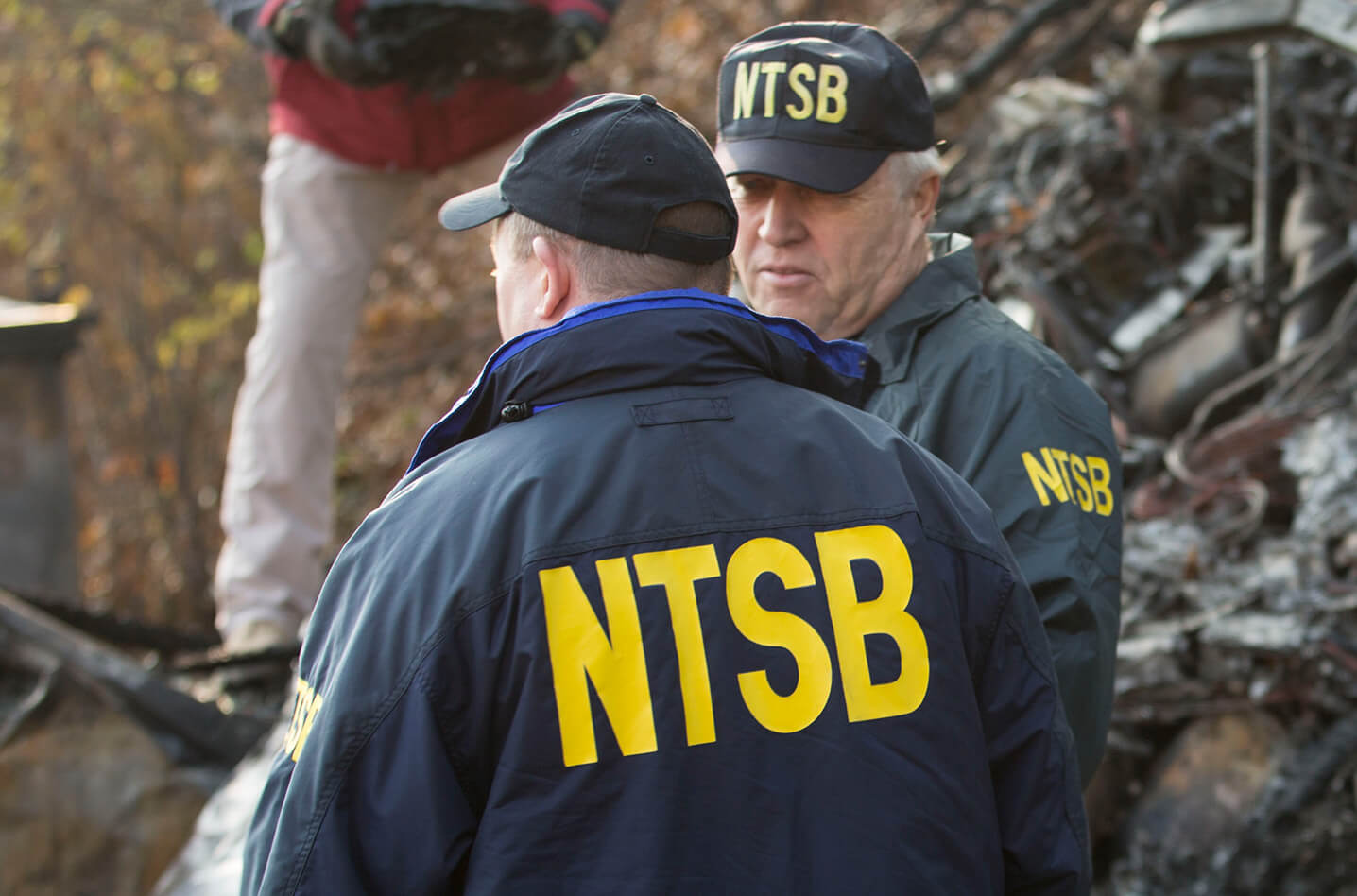
Dec. 27, 2022
Operations-focused articles were the most read NBAA stories this year, ranging from a much-anticipated announcement about Part 135 training programs to tips on what can be learned from examining business aircraft accidents.
In case you missed it, here’s a look back at NBAA’s most popular articles in 2022.
FAA Makes Highly Anticipated Training Announcement at NBAA-BACE
The agency’s David Boulter provided an update on efforts to standardize Part 135 training programs as a federal register notice on a Gulfstream V training program was published. He thanked NBAA and its members for their efforts on the standardized training program.
In the Magazine: Lessons Learned From Business Aviation Accidents
NBAA’s Business Aviation Insider magazine talked to experts to get their takeaways from NTSB reports on three high-profile accidents. This reinforces the continued need for business aviation professionals to heed lessons from such mishaps in order to avoid repeating the same mistakes.
FAA Unveils Streamlined LOA Applications Processes Following Input from NBAA, Industry
The agency published new guidance to streamline certain communications, navigation and surveillance equipment letter of authorization applications for Part 91 operators following extensive input from NBAA and other industry stakeholders.
Aviation Groups Succeed in Halting Attempt to Restrict Operations at East Hampton’s Airport
In October, a court in Suffolk County, NY, granted a motion for an injunction, preserving access to the East Hampton Town Airport (JPX). The litigation, filed by aviation stakeholders including NBAA, opposed the efforts by the town of East Hampton to impose operational restrictions at the airport.
NBAA’s New Compensation Survey Shows Business Aviation Salaries Continue to Rise
The average salary-increase budgets – the pool of money dedicated to increased compensation for the coming year – were higher in 2022 than in 2021, with the budgeted amount increasing by 42% over the prior year’s budget and up 13% over last year’s actual spending.







 International Business Aviation Council Ltd.
International Business Aviation Council Ltd.